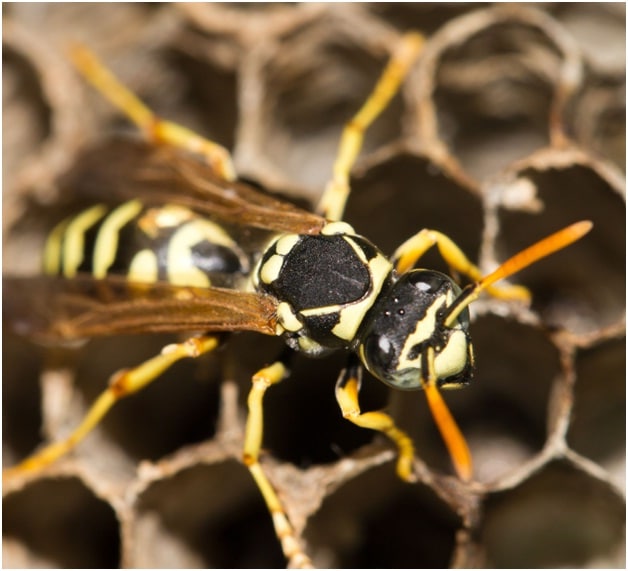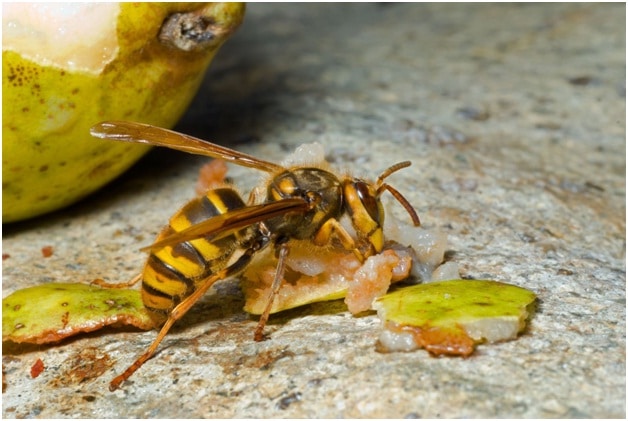Who’s Afraid of Wasp Stings?

Although bee and wasp stings are considered dangerous to human health, a healthy person can withstand up to ten stings per pound of weight – that’s an average of 1,000 stings an adult can experience without being in danger. For children, 500 stings could be fatal.
Severe allergic reactions are the least common reactions to wasp stings: the Centers for Disease Control and Prevention report that life-threatening severe allergic reactions occur in 3 out of 100 adults (2 million) and 1 in 150 children. Death from stings is even less common – in 2000, the World Health Organization reported only 54 cases of death attributed to bee and wasp stings – and are usually reported in older people, as a result of an anaphylactic reaction to the bee’s venom.
According to WebMD, the sting of a bee, wasp or hornet usually triggers three types of reactions:
- Normal, with symptoms of pain, swelling and redness surrounding the sting area
- Localized and mild systemic reactions, characterized by swelling and redness that extend beyond the sting site. A local reaction is no more severe than a normal one.
- Allergic reactions to an insect sting require immediate medical care. Typical symptoms include swelling of the face, tongue and throat, difficulty breathing and swallowing, increased heart rate, dizziness and anxiety.
Allergic reactions are usually treated by injecting adrenaline (epinephrine), either by the patient himself or under medical supervision. An Epi-pen should be carried by persons with a history of severe allergic reactions.
Avoiding is Better than Treating

Life-threatening or not, a wasp sting is definitely not a pleasant experience, so it makes sense to do whatever you can in order to prevent it. Here are some useful tips:
- Hide the sweets. Wasps are attracted to sugary foods and drinks, so before you take a sip from your fruity soda or a bite from your ripe banana, examine it carefully to see if any wasps have landed on it. Don’t leave fruit pits or peels lying around and make sure to put the food remains in sealed containers.
- Don’t panic. The worst thing you can do in the proximity of a wasp is to start waving your arms around and have an erratic behavior – the only thing you’ll obtain is to get the wasp increasingly bold and angry. Try to maintain your calm and move swiftly from the area.
- No perfume and sweet scents. Wasps are highly attracted to the acetic acids and alcohols in personal care products such as perfumes, colognes and body deodorants. If you’re going to spend your day outdoors and want to be undetectable by wasps, reduce the use of strong, sweet scents.
- No floral prints. Wasps may not have a strong sense of fashion (given their outdated yellow jackets), but they do have a preference for brightly-colored, floral-printed clothes. If you want to go undetected, your best bet are drab colors such as khaki or beige; white and light colors work as well to keep bees away.
Although the occasional bee sting is a painful, yet common experience of those who prefer the outdoors during thesummer, it’s best to resort to professional pest control companies if wasps and bees are a permanent presence on your property. Pest control professionals can easily and safely remove wasp nests from in and around the house and eliminate all possibility of stings and bites, making sure you can enjoy a long and warm summer in the great outdoors.
About the Author
Daniel Mackie, co-owner of Greenleaf Pest Control, is a Toronto pest control expert well-known as an industry go-to guy, an innovator of safe, effective pest control solutions, and is a regular guest on HGTV. Mackie, along with business partner Sandy Costa, were the first pest control professionals in Canada to use detection dogs and thermal remediation for the successful eradication of bed bugs. In his free time, he is an avid gardener.



You must be logged in to post a comment.